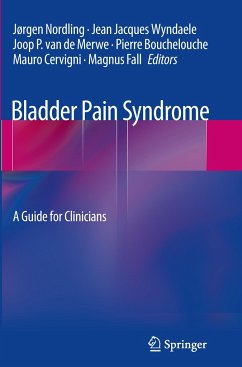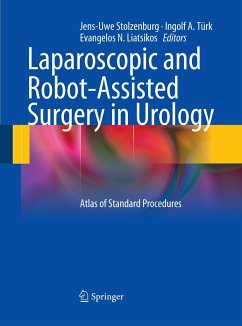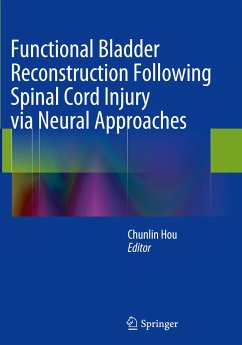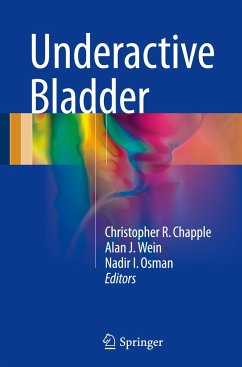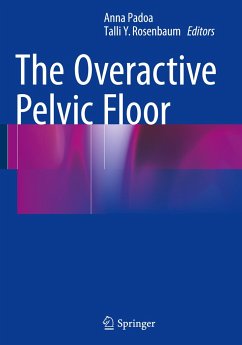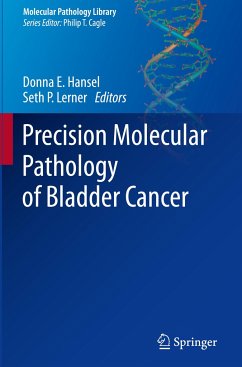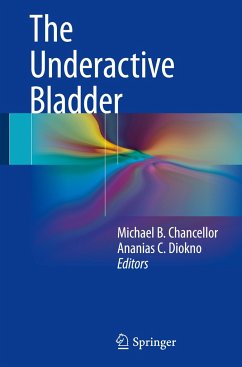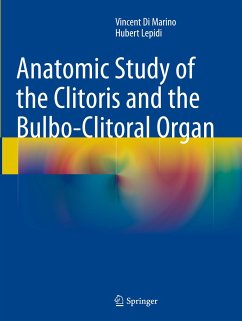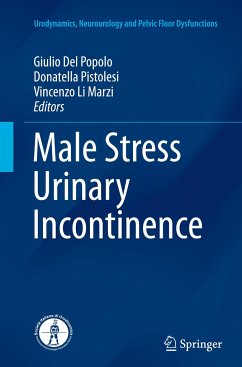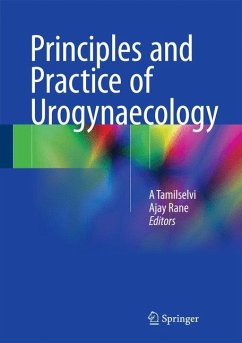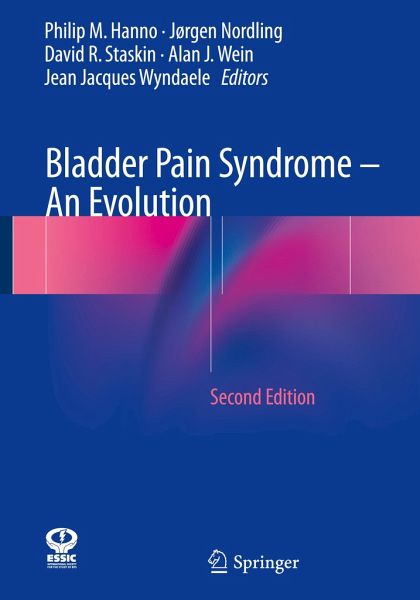
Bladder Pain Syndrome - An Evolution

PAYBACK Punkte
53 °P sammeln!
This updated volume provides reflections on the original edition, as well as information on the developments that have occurred within bladder pain syndrome since the publication of the first edition. The epidemiology, etiology, diagnosis, and management of bladder pain syndrome are all covered.The book aims to give healthcare providers up to date guidelines and management suggestions within a quick-reference text.This book is relevant to clinicians who focus on bladder pain syndrome, as well as the gynaecologists, general urologists, and primary care providers who see these patients as a part...
This updated volume provides reflections on the original edition, as well as information on the developments that have occurred within bladder pain syndrome since the publication of the first edition. The epidemiology, etiology, diagnosis, and management of bladder pain syndrome are all covered.
The book aims to give healthcare providers up to date guidelines and management suggestions within a quick-reference text.
This book is relevant to clinicians who focus on bladder pain syndrome, as well as the gynaecologists, general urologists, and primary care providers who see these patients as a part of their practice.
The book aims to give healthcare providers up to date guidelines and management suggestions within a quick-reference text.
This book is relevant to clinicians who focus on bladder pain syndrome, as well as the gynaecologists, general urologists, and primary care providers who see these patients as a part of their practice.



